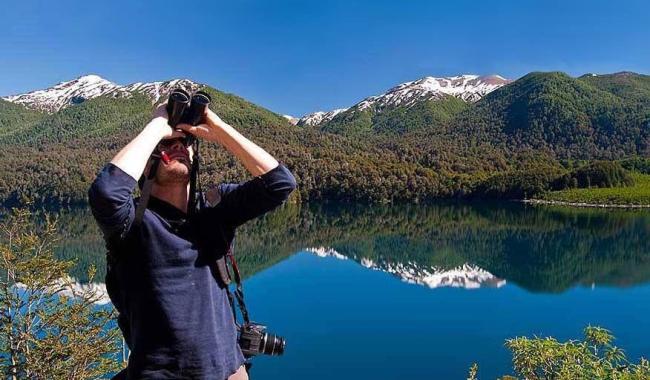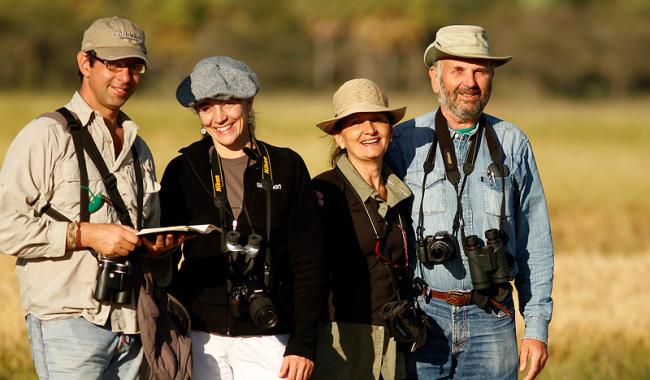
All that you need to plan a trip to Patagonia: When and Where
Patagonia is not a single destination—it’s a vast, breathtaking region stretching across the southern ends of Argentina and Chile. From the wind-swept steppes to lush temperate rainforests, glacier-covered peaks to dramatic coastal cliffs, Patagonia holds an astonishing variety of landscapes. But when planning your birding adventure, knowing where and when to go can make all the difference.
Where: Exploring a Continent Within a Region
Patagonia is huge. It spans thousands of kilometers, encompassing multiple ecosystems—from arid plateaus to Andean forests, from marine shores to alpine grasslands. However, there is a clear north-to-south gradient in biodiversity: species richness decreases as you move south.
The Lake District, in northwestern Patagonia, stands out as the most ecologically diverse area. It’s the only place in Patagonia where you can experience all seven of the region’s biogeographic zones. This includes lush Valdivian temperate rainforests, Patagonian steppe, mountain habitats, wetlands, and more. The Lake District straddles the Andes, so to explore its full diversity, we include both Argentina and Chile in our tours.
In total, Patagonia is home to about 400 bird species, with around 40 regional endemics, including favorites like the Magellanic Woodpecker, Chucao Tapaculo, Black-throated Huet-huet, and Hudson’s Cinclodes. But the key to experiencing this diversity lies in the north—over 90% of Patagonia’s birdlife can be found in the Lake District.
Further south, in areas like Tierra del Fuego or southern Patagonia, while species richness drops significantly, the scenery becomes uniquely dramatic and remote. These regions offer a sense of awe, solitude, and the privilege of being in one of the southernmost places on Earth. However, it’s important to note that travel logistics become more complex—and more expensive. Costs for accommodation, food, and transport can be nearly double compared to northern Patagonia.
When: Timing is Everything
Located at the southern end of the continent, Patagonia has strongly marked seasons. Winters (May to September) are cold and snowy, with many roads and trails closed, and most migratory birds gone. In fact, dozens of bird species—particularly aquatic, forest, and migratory songbirds—leave the region during the colder months.
That’s why the ideal time for birding—and for wildlife observation in general—is during the Southern Hemisphere’s spring and summer: from October to March. During these months, migratory species return, flowers bloom, and days are long and pleasant. Whether you’re seeking specialty birds, endemic wildlife, or simply wild beauty, this is the time Patagonia truly comes alive.

How to Get Started
Most of our tours start from Buenos Aires, with easy flight connections to the north of Patagonia. From there, we build immersive itineraries that balance expert-guided birding, natural beauty, and cultural charm. Whether you're seeking lifers, photography opportunities, or just time in wild landscapes, Buenos Días Birding creates personalized, small-group experiences with a deep ecological focus

- Log in to post comments






